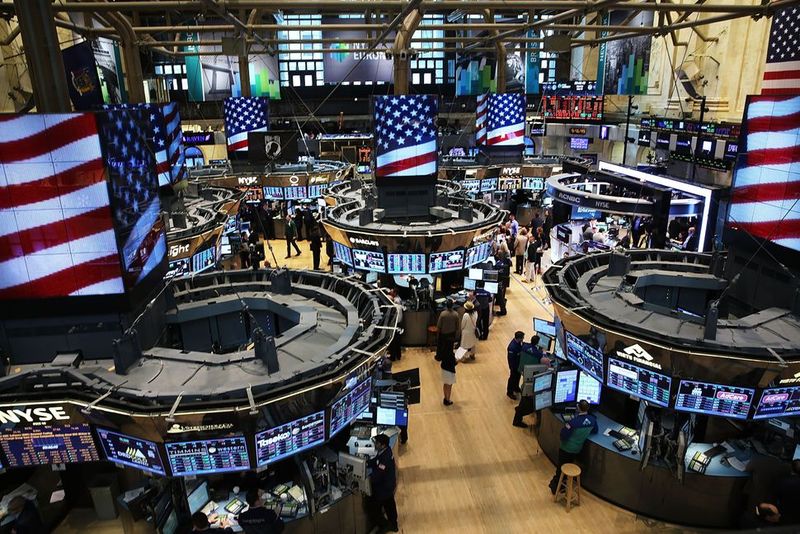The New York Session is a critical period in global financial markets, particularly for forex trading. It operates between 8:00 AM and 5:00 PM EST, coinciding with the opening hours of major U.S. exchanges such as the New York Stock Exchange (NYSE) and NASDAQ. This session is known for its volatility and high trading volume, which are driven by overlapping market activities and significant economic announcements.
Key Features of the New York Session
1. Volume and Volatility:
- The New York Session experiences substantial trading volume, especially during its early hours when it overlaps with the London Session (8:00 AM to 12:00 PM EST). This overlap leads to increased liquidity and tighter spreads, making it an attractive period for traders.
- Wall Street's influence is profound; the NYSE and NASDAQ are among the largest stock exchanges in the world. Activity in these arenas can have ripple effects across other markets, influencing currencies, commodities, and indices.
2. Economic News and Reports:
- Major U.S. economic indicators are released around this time, including Non-Farm Payrolls, GDP data, and retail sales figures. These releases can cause significant market movements.
- Earnings reports from U.S. companies also play a crucial role. Quarterly earnings seasons, when companies report their financial results, can lead to heightened volatility in stocks and related assets.
3. Currency Pairs:
- USD currency pairs (e.g., EUR/USD, USD/JPY) tend to be highly active due to the session's focus on U.S. markets. Traders often focus on these pairs for their liquidity and volatility.
4. Impact of Wall Street:
- Movements in U.S. equity markets during this session often affect global risk sentiment. For instance, a bullish stock market may drive demand for higher-risk assets globally, while bearish trends might increase safe-haven flows into assets like bonds or gold.

Importance of Understanding the New York Session
- Strategic Trading Opportunities: Traders who understand the intricacies of the New York Session can better strategize entry and exit points based on anticipated news events and historical patterns of volatility.
- Risk Management: Awareness of the potential for sharp price movements helps traders manage risk more effectively, employing strategies such as setting appropriate stop-loss orders.
- Comparative Analysis with Other Sessions:
- London Session: Known for high liquidity, the London Session overlaps with both the Tokyo and New York sessions. Its large trading volume makes it a prime time for major currency pair movements.
- Tokyo Session: Characterized by less volatility compared to London and New York, the Tokyo Session sees influential activity in Asian currencies like JPY. However, due to its lower overall trading volume, it offers different dynamics and opportunities.
Tips for Traders
1. Monitor Economic Calendars: Stay updated with scheduled economic announcements and earnings reports. This preparation allows you to anticipate and react to market-moving events.
2. Develop a Routine: Establish trading times that coincide with peak periods of activity and relevance to your chosen trading instruments.
3. Utilize Technical and Fundamental Analysis: Combine technical indicators with fundamental insights derived from economic data and corporate earnings to make informed decisions.
4. Manage Emotions and Stick to Plans: High volatility can trigger emotional responses; it's crucial to adhere strictly to a pre-defined trading plan and risk management strategy.
5. Stay Informed: Regularly consume financial news and insights related to Wall Street developments and broader economic trends to maintain an edge in the market.
By mastering the nuances of the New York Session, traders can optimize their performance and capitalize on the distinct opportunities this active trading period provides.
Join the Sniper Trading Team and take your trading to the next level! Stock Sniper Trading


